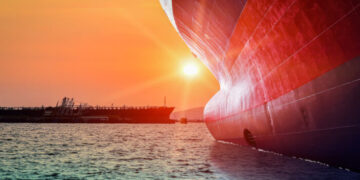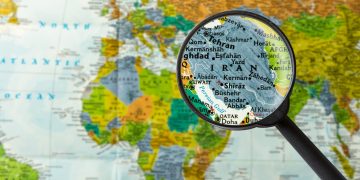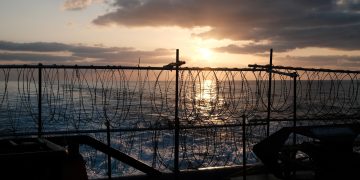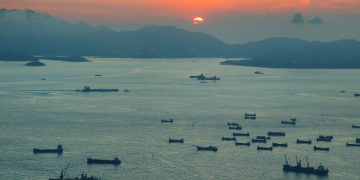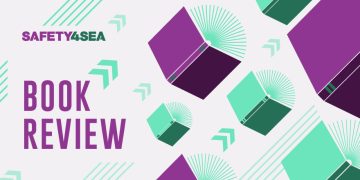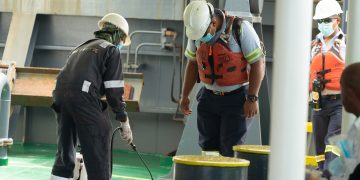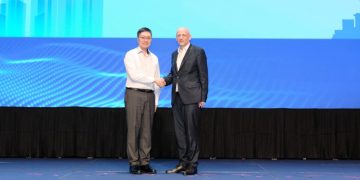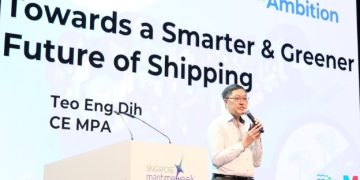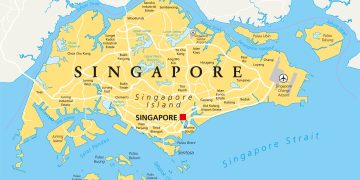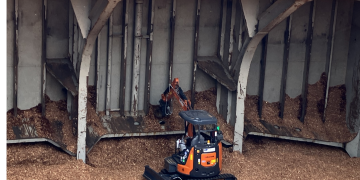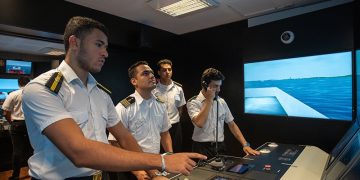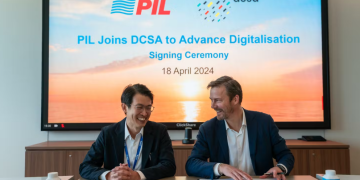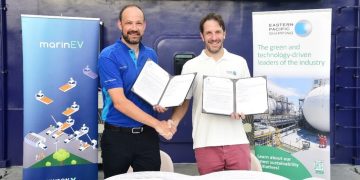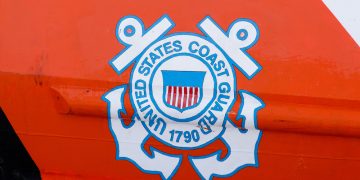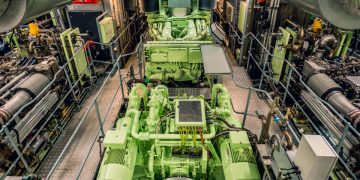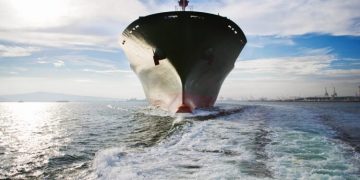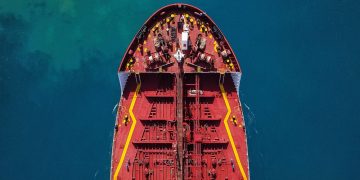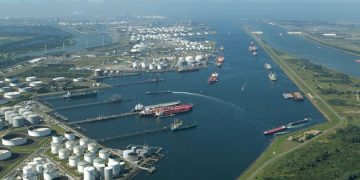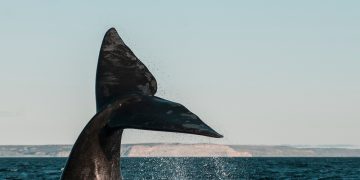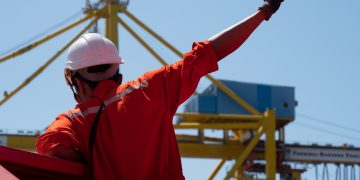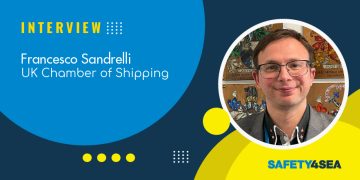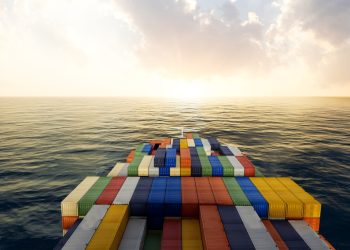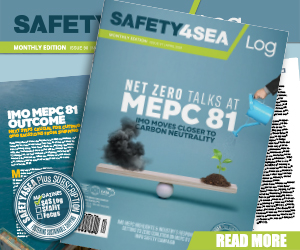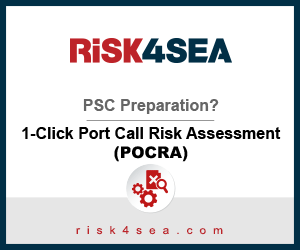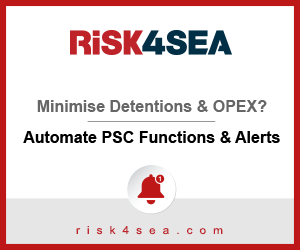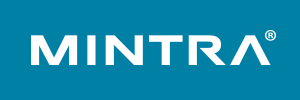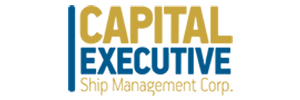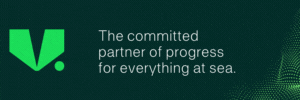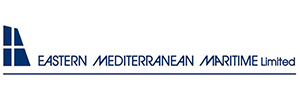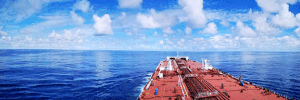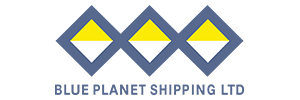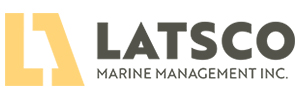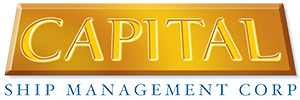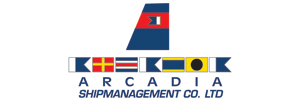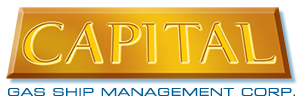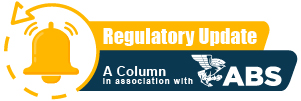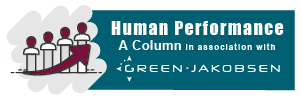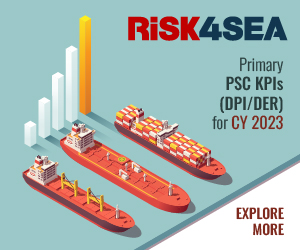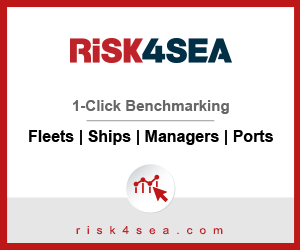Mr. Antonios Georgantzis, Technical Manager, Consolidated Marine Management Inc (CMM), during his presentation at GREEN4SEA Conference, mentioned that the road to BWMC compliance requires careful planning and very good preparation. During the selection process, makers of ballast water treatment systems shall be evaluated not only on the basis of pure technical criteria and system performance but also on their ability to provide on a global scale the needed resources and support, while also examine their financial status for evaluating potential candidate Makers future within the industry.
Recently an increased focus on the installed ballast water treatment systems and their operational condition and efficiency has been observed in the industry, with the USCG publishing a series of related circulars, while vetting inspectors are a putting a significantly greater attention compared with the past.
He focused on issues concerning the selection of the systems, challenges experienced during their installation as well as their operation, starting by presenting CMM’S BWTS Installation Timeline.
BWTS Installation Timeline
CMM has already completed 20 BW installations; all of them at the New Building stage.
- 2011: In House Study for selection of BWTS Technology
- 2012: First installation of BWTS on a MR Tanker
- 2014: First installation of BWTS on a LR2 Tanker
- 2015: First installation on a 84k LPG Carrier
- 2022: First vessel that will require retrofit
Selection Process
Early 2011 CMM identified the need to develop an in-house evaluation study so as to enable the Company to form the decision tool on which ballast water treatment technology and system to be selected for a specific new building project. The available knowledge from all involved parties – seven years ago – was very little compared to what we have today.
The Company took into account in the developed study the location of the installation, the need to establish safe areas for the installation of the system’s various components, available early reports from EPA, the efficacy of the systems, the proposed technology, the California Reports, the use of filters & potential flow restrictions, the ability of the system to operate in partial capacity mode, the potential impact on coating of ballast tanks as well as the reference list of completed installations for each Maker; furthermore, additional elements examined were the provided guarantees from each Maker as well as their commitments towards future USCG requirements and potential upgrades that would be required on the offered systems for meeting those.
Early on the need to have a dedicated and separate arrangement for the aft peak tank was identified while the pressure drop on the ballast system presented significant challenges. The footprint of each installation, the TRO limit of operation and ability to adjust on future stricter requirements, hydrogen generation and extraction were also key points in the selection process.
Capital and operating costs were analyzed and evaluated as part of the selection process, having considered the following:
- Use of chemicals
- Used components expected lifetime and need for periodical replacement
- Cost of spares
- Energy usage
The Company assessed in the study made most of the available technologies at that time.
The selected technology for the specific new building MR project at Hyundai MIPO was side stream electrolysis with filters, a technology that the company has opted for all twenty installations completed.
Installation: The challenges experienced
Having made the selection, the Company proceeded to the installation phase. Although, both the Flag Administration – Hellenic Republic – and the Classification Society – Lloyds Register – supported the project, many challenges have been experienced regarding the Regulatory Framework and the available interpretations on those.
Additional challenges have been experienced on the Builder’s reluctance to deviate from their standard design, available ballast pumps head, power demand and availability for the various operating conditions.
Significant problems were faced with the supply of the TRO units that resulted into design modifications for enabling the proper operation of the system. Interface of the new system with existing control and automation systems was a key issue to the whole process. Material selection and its suitability for the intended purpose, pipe and cabling routing and conflicts with the Builder’s design presented challenges that had to be overcome for completing the installation.
Other problems experienced were related to the pneumatic controls on deck, the software control on specific and critical parts of the system for its proper operation, conflicts during construction with other production departments (painting/electrical/outfitting/etc.) that Builders had not taken into consideration early on and finally testing, commissioning and full scale operation during trials of the BWTS.
The whole arrangement was approved and verified in accordance with Lloyds Register and Flag Administration Requirements. Finally, the Ballast Water Management Plan was developed to adopt the new section of the treatment system and obtain Class Approval, making it the first MR tanker having a ballast water treatment installed.
Operation Process
Taking the ballast water treatment system into the operation phase, necessitated the need to carry an extensive management of change within the Company. All the aspects had to be examined, not only within the Technical Department but throughout the whole structure of the Company, involving most departments.
The need to familiarize people with the new system’s functions, operation and troubleshooting was a mandate and a plan was established for increasing the in house available competence.
The plan maintenance system for the new system was developed, while new records were created and introduced into the Company’s procedures for monitoring the system’s performance and operation.
Within a year from the vessel’s delivery, the Class Notation related to Machinery Planned Maintenance Systems (MPMS) had been obtained, covering also the aspects of the BWTS.
Short BWTS Operation Experience Feedback from the initial installations: The actual performance of the installed systems and achieved compliance with applicable IMO or USCG discharge standards was challenged through sampling and analysis made on a voluntary basis at dedicated laboratories for proving the system’s efficacy and actual performance on actual operating conditions. Obtained results were further analyzed along with the system’s Makers for identifying areas that required to be modified and improved, ensuring that the whole process was successfully closed out and the system’s performance was in line with the applicable standards. System operation & response Since the initial installation was completed back in 2013, competence within the Company has been significantly increased, both for shore and for sea personnel that operate the systems onboard our vessels. Used processes have been analyzed and re-evaluated, identifying the need to rethink and rework those for meeting the industry’s current needs and demands. Such processes have included the review of the critical spare part list for each specific type of ballast water treatment system installed, a gap analysis of the established planned maintenance system and latest Maker’s maintenance instructions and sequence testing procedures. Experienced problems have been included in the Company’s Defect Reporting System aiming at analyzing those so as to enable to identify the root causes and adopt corrective and preventive actions that would eventually reduce and eliminate those. Efforts have been made to train both sea and shore personnel, having aimed shore personnel with basic (in house) training, but also by dispatching people to the Maker’s premises; while for sea personnel more operational aspects of the system have been targeted through such training sessions. USCG has released within late 2017 and early 2018 a series of Policy Letters regarding the operation of ballast water treatment systems and the contingency measures that shall be in place in case of the system’s malfunction so as to minimize the risk of having the vessel not being permitted of discharging ballast water and consequently interrupting cargo operations. Contingency measures take into account not only the technical aspects of the system and its course of actions for rectifying those, but also a series of notifications to be made to concerned parties along with the submission of alternate methods for acceptance. Most of the Operators have obtained guarantees and commitments from the various Makers to upgrade their installed AMS systems to meet USCG Type Approval Certification requirements. Great attention shall be put into this process and a detailed gap analysis shall be carried between the existing installation versus the one that has obtained the USCG certification for identifying the extent of involved modifications and upgrades. Experience shows that components used in the initially installed systems might not be the same as those utilized in the USCG certification process as the systems have developed since the initial installation, which could be necessitating extensive replacement of parts and components for meeting the required upgraded scheme. Key areas that shall be considered into this process are: The transition from the well-established within the industry D-1 ballast discharge standard for more than a decade to the D-2 has been very complicated with several and difficult challenges experienced in the process. Careful planning and very good preparation for the whole process of a BWTS selection, installation and operation along with the active participation and support from the various departments within a Company, are key elements for a successful road map to D-2. Above text is an edited article of Antonios Georgantzis ’presentation during the 2018 GREEN4SEA Conference You may view his video presentation herebelow The views expressed in this article are solely those of the author and do not necessarily represent those of SAFETY4SEA and are for information sharing and discussion purposes only. About Antonios Georgantzis, Technical Manager, Consolidated Marine Management Inc.
 Naval Architect and Marine Engineer with 14 years international shipping experience working with ship design and construction management, gas and tanker ships operation and Classification Society. Significant project management experience and six years in high management. Extensive experience at the supervision of new building projects as well as technical management and operation of large LPG carriers and Tankers. Very good network with major new building and repair shipyards, equipment manufacturers, engineering companies and Classification Societies.
Naval Architect and Marine Engineer with 14 years international shipping experience working with ship design and construction management, gas and tanker ships operation and Classification Society. Significant project management experience and six years in high management. Extensive experience at the supervision of new building projects as well as technical management and operation of large LPG carriers and Tankers. Very good network with major new building and repair shipyards, equipment manufacturers, engineering companies and Classification Societies.




